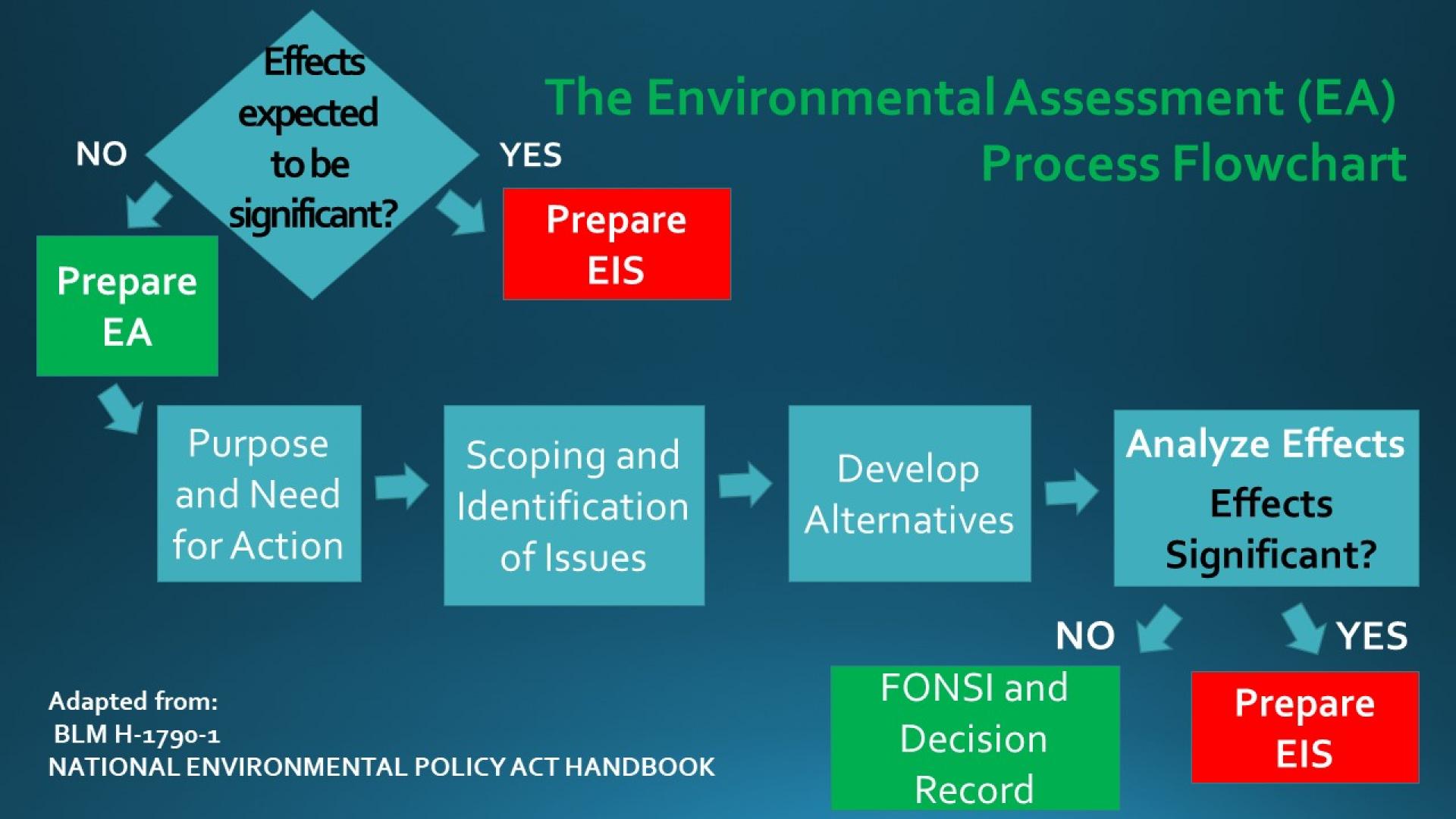
- Body
This requirement allows ranchers to get directly involved in the NEPA process in a number of different ways and at different times. The outcomes of the NEPA process for a term grazing permit renewal will affect the management of your allotment for at least 10 years. You should always make use of the opportunity to get involved in the NEPA process to ensure your interests are recognized. Agencies are required to read and respond to your comments, so they will not be ignored. Points when you can engage and how:
- Scoping: at the beginning of an EA or EIS process, the US Forest Service will always, and the BLM will usually, have a scoping period. During this time, the public can submit comments to the agency about what the EA or EIS should include and review. This stage is an opportunity to make sure that the EA or EIS covers all of your concerns and includes all of the data that you think are important to making a fair decision. As a result of participating in scoping, you may even be able to submit your own proposed management alternative if you do not think the agency’s proposed management plan fits your interests.
- Informal participation: While ranchers are not a part of the team preparing an EA or and EIS, you should try to stay as informed and involved in the process as possible throughout the development of the proposed management action. Relationships with agency staff and range specialists are important. When you have a good relationship, it is easier to maintain good communication throughout the NEPA process.
- Formal public comments: During the NEPA process, agencies are required to seek public comment. For EAs, this happens after the EA is written, but before a decision. For EISs, there are comment periods after the draft EIS is written and before a decision is made on the final EIS. You should participate in these comment periods by submitting formal comments to the US Forest Service or BLM about the contents of the EA and EIS. Your comments can be positive or negative. As much as you can, you should support your comments with data from monitoring, your management records, past Annual Operating Instructions, Cooperative Extension reports, and published reports and scientific data.
Tools
- NEPA Response: A Guide for Reading and Responding to NEPA Documents Part Two of a Two Part Series